Which materials are used for watch crystals?
Acrylic glass is mainly used in inexpensive watches or for watch crystals with a very high degree of curvature. Its main disadvantage is that it is highly sensitive to scratching and thus has a low-quality feel.
Mineral glass (essential normal window glass) is the standard material used in inexpensive and mid-range watches. It offers a good compromise between transparency, durability and cost.
Sapphire glass (synthetic sapphire) is the premier league when it comes to watch crystals. It is brilliant, highly-transparent and extremely strong in terms of its structure. Its most outstanding feature is its excellent resistance to scratches. The main disadvantage is its high price, which rises even higher with increasing diameter.
Sapphire glass is not a glass, but is perfectly suited to wristwatches
Strictly speaking, sapphire glass is not glass at all but a transparent, crystalline, technical ceramic made of pure aluminium oxide (Al2O3). Due to the lack of any natural contamination, this industrially produced crystal is completely colourless.
Sapphire glass is a technical ceramic (oxide ceramic) that is virtually unrelated to the household ceramic (mineral ceramic) we are familiar with from china or earthenware pottery. In technical terms, sapphire glass belongs to the corundum group. After diamonds (Mohs scale 10), corundum boasts the second-highest hardness, 9. It is therefore extremely hard and resistant.
Sapphire is monocrystalline, which means that it comprises one regularly structured hexagonal crystal that is absolutely stable in form. By contrast, mineral glasses are a supercooled liquid with an amorphous structure that changes “fluidly” and is thus much more irregular in structure.
How are sapphire crystals for wristwatches manufactured?
Sapphire glass is produced by means of a very complicated technical process. This produces ceramic “boules” that can only be cut or ground using diamond-studded tools because of the extreme hardness of the material. This also makes further processing of the raw material extremely laborious. Domed sapphire glass is particularly expensive because the curvature on both sides has to be cut into the raw cylinder using diamond cutters. Achieving the final high-gloss polish that is essential for the optical quality of the glass can also be done only with diamond-based grinding pastes and is likewise a very time-consuming process.

Fig.: Domed sapphire crystals require much more raw material than flat crystals, even when the thickness of the glass is the same.
The result is a highly-brilliant glass with outstanding optical and mechanical characteristics. All BOTTA wristwatches use only sapphire glass. This extremely stable material allows the BOTTA design team to develop especially flat and elegant watches: from the UNO one-hand watch to the TRES 24 24-hour watch. More information about the quality features of BOTTA watches can be found here.
Sapphire has a very high refractive index and high reflectance. The latter is 15 to 20 percent higher than that of simple mineral glass – which in everyday use can result in annoying reflections on wristwatches. These can be reduced considerably by adding optical coatings.
Sapphire glass with special anti-reflective coating
In the case of sapphire glass, this can be remedied by adding an anti-reflective surface coating. This wafer-thin layer ensures a clear and unrestricted view of the watch dial. Such anti-reflective or optical coatings are also used in high-quality spectacles and optical lenses in the photographic industry.
This effect is achieved by means of a physical phenomenon: the incoming light is reflected multiple times within the coating. The rays of light cancel one another out as a result and are no longer reflected at the wearer. Consequently, there is an unrestricted view of the watch dial. This effect is particularly pronounced when the anti-reflective coating is applied to both sides of the sapphire glass.
BOTTA watches with domed sapphire glass and anti-reflective coating on both sides
This anti-reflective coating on both sides additionally lends the wristwatch a high visual quality. This is because the coated sapphire glass shows a topaz blue shimmer, depending on how the light falls on it. It is immediately clear that the watch is fitted with a high-quality crystal.
All BOTTA watches, such as the UNO and NOVA one-hand watches, are equipped with domed sapphire glass and anti-reflective coating on both sides. Incidentally, the anti-reflective coating we use is particularly resistant to abrasion – ensuring you will always have a clear view of the time.

The screwed sapphire crystal back of the UNO automatic reveals
the Swiss automatic movement by ETA

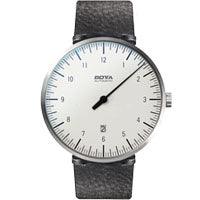
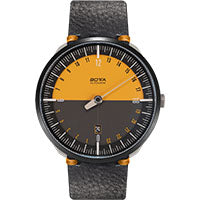
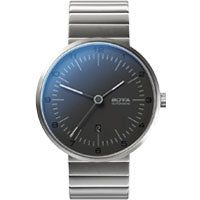
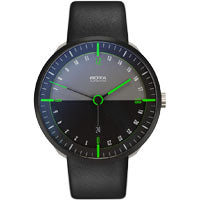
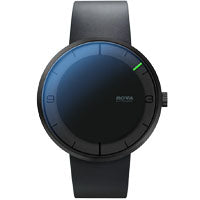
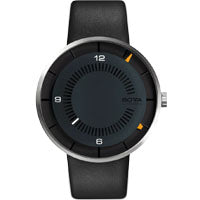
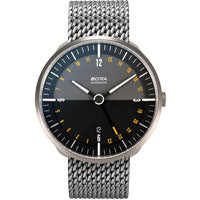
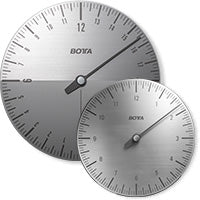
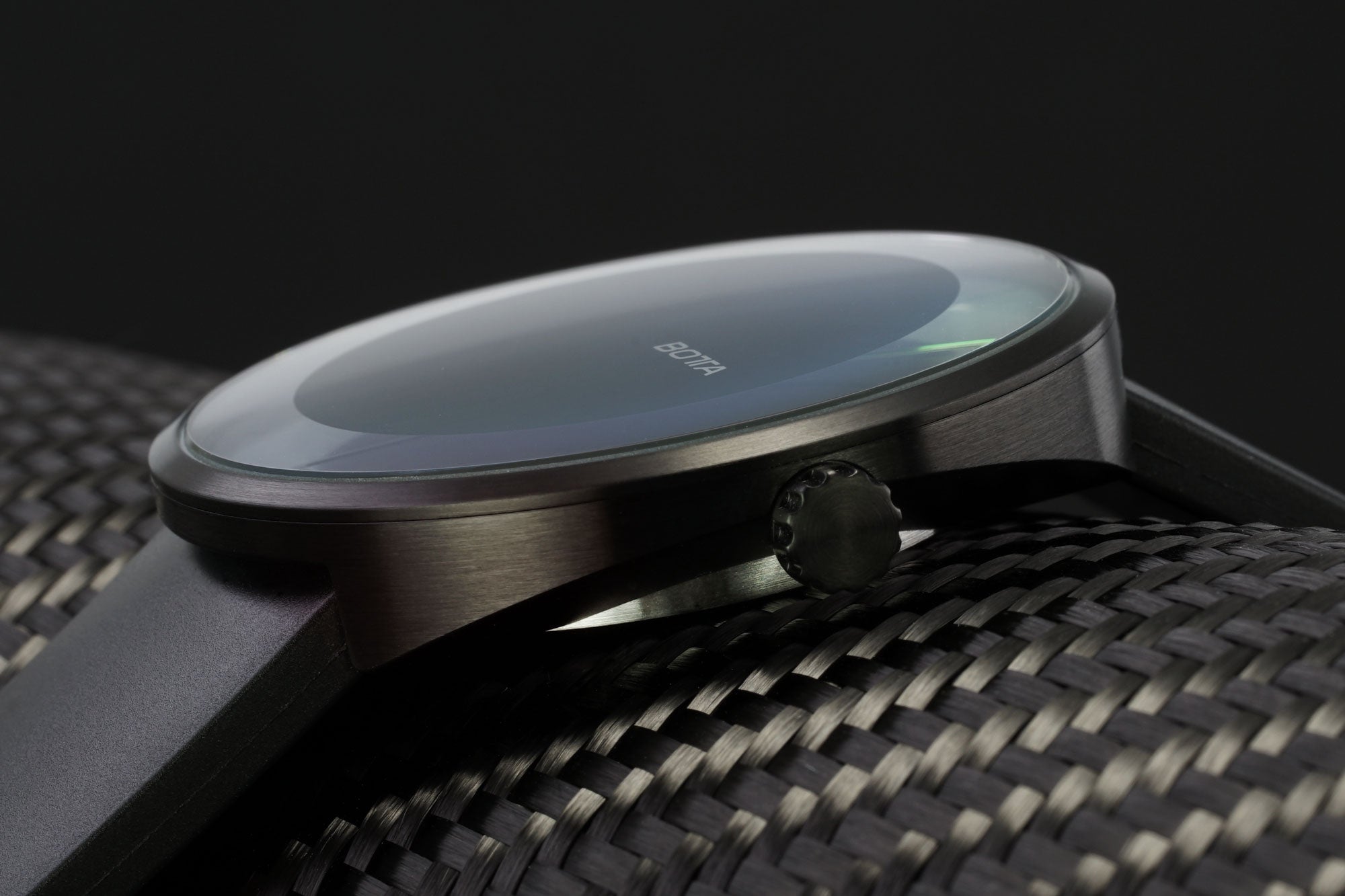

1 comment
BRAVO. I feel like I can now be confident when seeking to purchase
a quality time piece I can enter the arena informed of the properties of quality optical lenses and what to look for and what to avoid. Thanks for that.